Garden Leave Template Letter for Employees
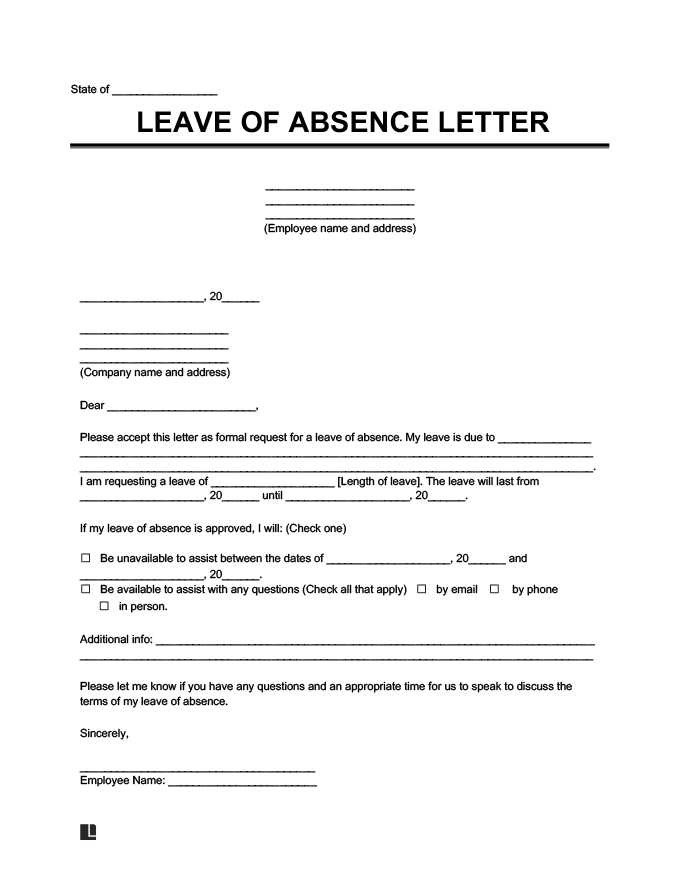
When an employee is asked to remain away from the workplace during their notice period, a written notification is often required. This document serves as a formal communication between the employer and employee, outlining expectations and conditions for this period of absence. It ensures both parties understand their rights and responsibilities while maintaining professionalism throughout the transition.
Key Details to Include in Your Document
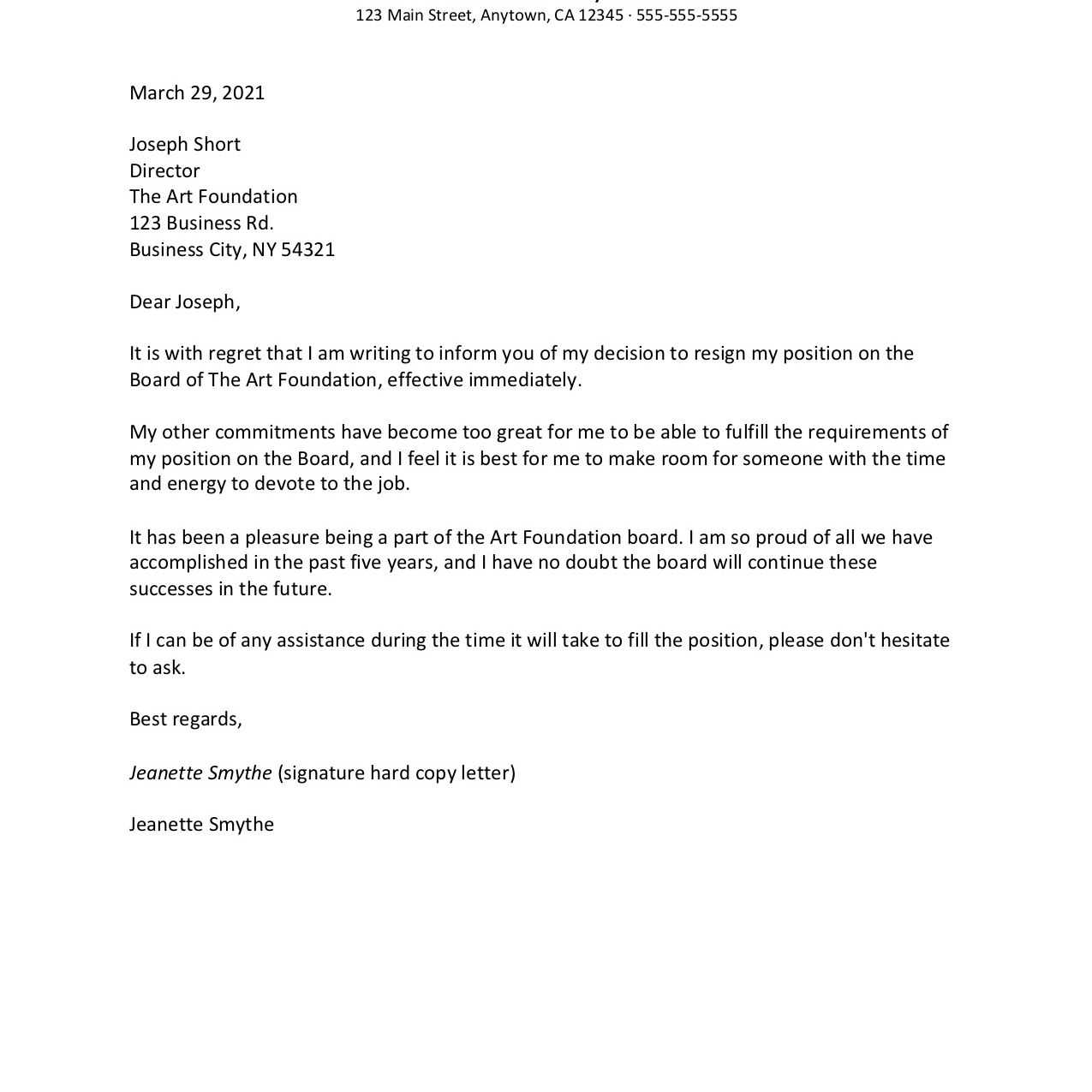
To ensure clarity and avoid misunderstandings, the following points should be addressed:
- Notice Period: Clearly specify the duration of the absence and the final date of employment.
- Salary and Benefits: Indicate any salary continuation, benefits, or other compensations during the absence.
- Confidentiality Agreements: If applicable, remind the employee of any ongoing confidentiality or non-compete clauses.
- Return of Company Property: Outline expectations regarding the return of equipment, keys, or other assets.
Legal Considerations
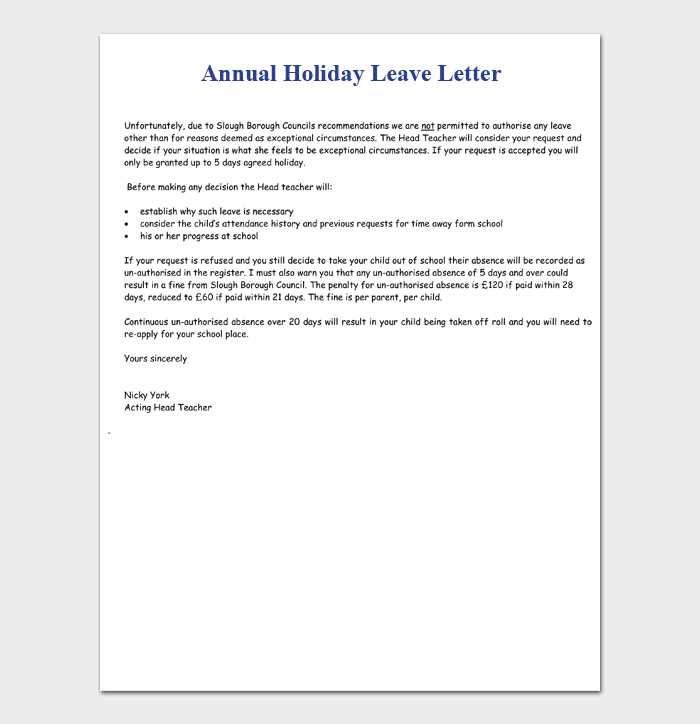
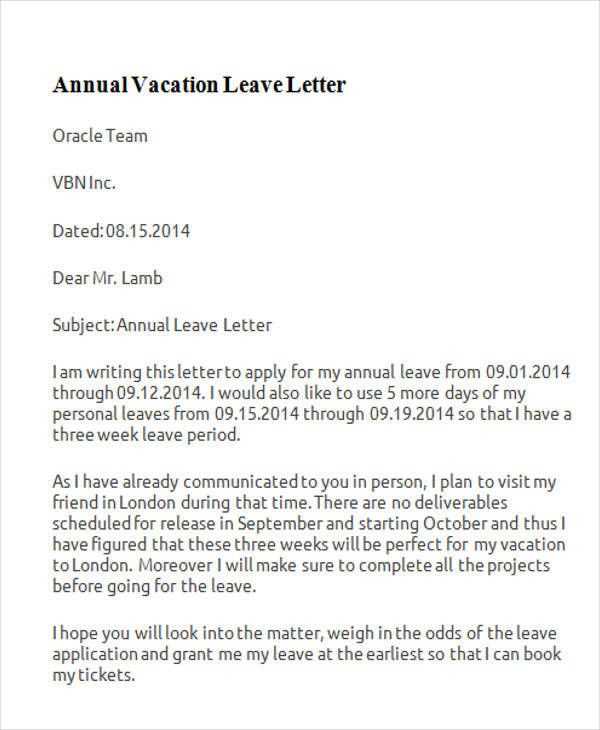
It’s important to understand the legal implications of requesting an employee to stay away from the workplace. Employers should be aware of employment laws in their region, as these can vary. The agreement should align with the terms of the employment contract and any applicable labor regulations. It is also advisable to consult a legal expert to ensure the communication complies with relevant laws and protects both parties’ interests.
Customizing the Document for Different Situations
Each employee’s situation may differ, so it is crucial to adjust the content accordingly. Consider the nature of the departure–whether voluntary or involuntary–and whether the employee is required to assist with a handover or if their absence is due to other reasons. Tailoring the document ensures it remains relevant and specific to the circumstances.
Avoiding Common Mistakes
Many errors can arise when drafting such communications. Here are some common pitfalls to avoid:
- Vagueness: Be specific about dates, expectations, and the terms of the agreement.
- Failure to address legal obligations: Don’t overlook clauses related to confidentiality or intellectual property.
- Inadequate communication: Ensure the document is delivered promptly, and the employee is fully informed.
Advantages of Using a Structured Format
Using a standardized structure for such notifications helps maintain consistency and professionalism. It ensures that all necessary points are covered, and it makes it easier for both parties to reference the document in case of disputes or clarification needs. A well-constructed document can also help protect the employer from legal challenges by ensuring that all terms are clearly outlined.
Employee Departure Notification and Important Considerations
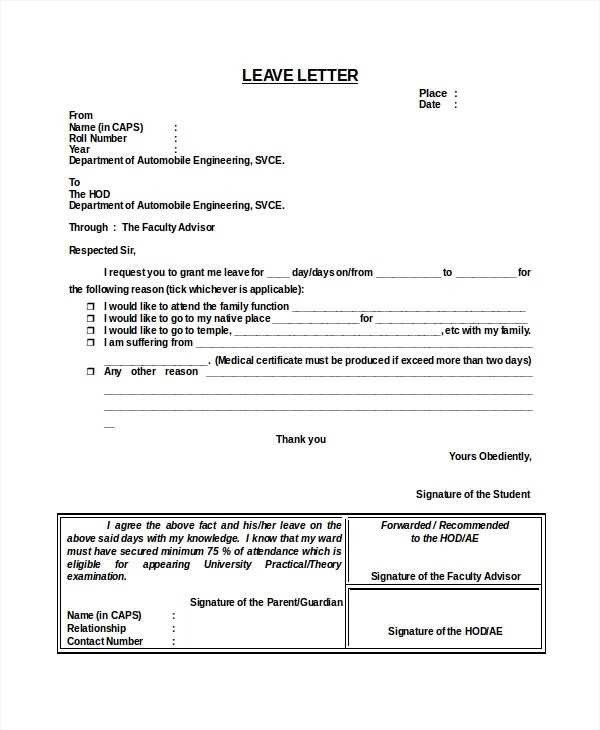
When an employee is asked to stay away from the workplace during their notice period, a formal written agreement is essential. This document outlines the responsibilities and conditions surrounding the absence, ensuring both the employer and the employee are on the same page regarding the terms of separation. Properly drafting this communication avoids misunderstandings and maintains professionalism during the transition.
Key Elements to Include in the Document
The communication should cover several crucial points to avoid confusion:
- Duration of Absence: Clearly state the exact period of the employee’s absence and the final date of employment.
- Payment and Benefits: Address any salary continuation or other benefits provided during this period.
- Responsibilities and Restrictions: Specify any tasks the employee should complete or limitations on their actions during the absence.
- Return of Company Property: Ensure the employee understands what property, tools, or equipment must be returned.
Legal Considerations
It’s important to be aware of the legal framework surrounding this type of agreement. The terms must comply with local labor laws and the employment contract. Employers should ensure the document reflects any non-compete clauses, confidentiality agreements, or other legal obligations that apply during this time. Consulting with a legal expert can help avoid potential disputes and ensure the document is enforceable.
By adhering to these key points, the employer can create a fair and legally sound document, which will prevent future complications and protect both parties involved in the process.